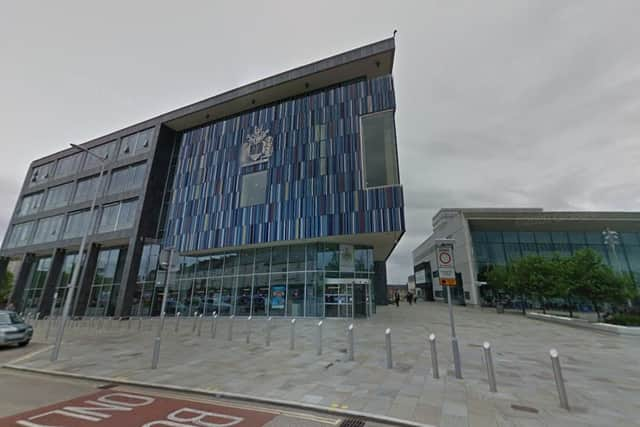Over 10 per cent of Doncaster residents are living in fuel poverty
and live on Freeview channel 276
Fuel poverty, defined as a people in a household which cannot afford to keep adequately warm at a reasonable cost given their income, stands at around 10.8 per cent, against the Yorkshire average of 10.1 per cent.
Council bosses said fuel poverty affects the borough populations ‘unevenly’ with poorer residents in more deprived areas more likely to experience it resulting in a variety of different health problems.
Advertisement
Hide AdAdvertisement
Hide AdHealth chiefs added that children experience ‘significant negative effects of cold housing’ from anything to infant weight gain, hospital admission rates, developmental status, and the severity and frequency of asthmatic symptoms.


The Environment and Sustainability 2020 report also added that there are ‘clear negative effects’ of cold housing and fuel poverty on the mental health of adolescents and that older people experience a higher risk of death.
The council has outlined that a bigger shift to renewable sources of energy offers advantages in tackling the problem as with new local authority homes having a higher energy efficiency.
Advertisement
Hide AdAdvertisement
Hide AdAndy Brown, senior policy, insight and change manager at Doncaster Council, said: “Renewable sources of energy offer several potential advantages.
"They do not irreversibly deplete finite resources, and most have a lower climate footprint than do fossil fuels. If managed well, they can pose minimal health risks and can yield social and economic co-benefits.
“Public Health acknowledges the great importance of low carbon and renewable energy however, placement of such facilities may negatively impact communities’ health and wellbeing, however it should be noted that biomass can impact on air quality and thus the public’s health.
“It is key that energy efficiency interventions are continued and scaled up/receive further investment in order to ensure that as many properties as possible are energy efficient and that those whose health is most at risk are prioritised and proactively targeted.”
Advertisement
Hide AdAdvertisement
Hide AdIn these confusing and worrying times, local journalism is more vital than ever. Thanks to everyone who helps us ask the questions that matter by taking out a subscription or buying a paper. We stand together. Nancy Fielder, editor.